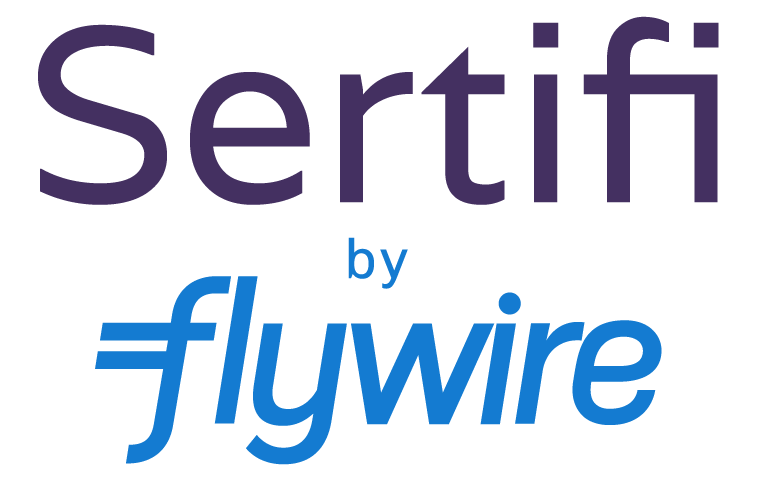The Importance of Hotel Onboarding in Retaining Staff
Guest Post by Sertifi Partner, Event Temple
Needless to say, the hospitality industry has gone through a series of significant changes over the last few years. After a slew of cutbacks during the pandemic, hotels are now struggling to rehire staff as corporate and personal travel ramps up again.
High staff churn rates are nothing new for hotels. According to the Bureau of Labor Statistics, the food and hospitality sector has a staggering annual turnover rate of 70-80%. There are several contributing factors for this, including the seasonality of business. Hotels are often left to rely on part-time and seasonal workers and struggle to find full-time, long-term employees.
Employee retention is all about the employee experience, and the first step to offering a great experience is knowing who you’re creating it for.
68% of the workforce in frontline customer-facing roles in industries like hospitality are now comprised of millennials and Gen Z. Trends in these generations show that they’re eager to make an impact and display value quickly.
Making them feel irreplaceable (while of course giving them the tools and feedback to succeed) increases commitment and engagement, and you can use onboarding to set the right foundation and tone for the experience to come. After all, onboarding is the catalyst to a smooth transition into your property – or a rocky one that leaves a bad impression from the get-go.
Better Hotel Onboarding for Staff Retention
Hotel Pre-Boarding
This is the stage from the moment the employment offer is made up to the employee’s first day.
- Once your new employee has accepted their job offer, send them a comprehensive welcome email outlining everything they’ll need to know or provide to be prepared on their first day. Include information like start and end times, how to enter the building and who to ask for, and dress code. Also share any HR-related resources like an employee handbook.
- Ensure they’ll have the right tech setup and get them logins to the necessary systems, including internal communication platforms and company intranets. Add them to email distribution lists and standing meeting invites that’ll be relevant to them.
- Internally, send a company-wide email or make an announcement in your company’s messaging platform welcoming them to the team. Include a brief bio, description of their role, and who they’ll be reporting to. Also encourage existing staff to connect with them and send a welcome message on LinkedIn. This’ll help everyone get to know each other before their first day.
Orientation
This is typically the first month of their new job with an emphasis on their first day and week.
- Ensure the new employee’s manager is prepared to be a part of their orientation experience (nothing says “you’re replaceable” like delegating this to a junior team member). For example, greeting them upon arrival, giving them a tour, and making initial introductions to the teammates they’ll work most closely with. Throughout the tour, remind them of important policies, security information, and things like restroom locations and where to take breaks.
- Give new employees a small welcome gift on their first day. Something like a hotel-branded mug or hat makes them feel like they’re a part of the team and an important part of your brand.
- Managers should take them out to lunch and encourage primary teammates to schedule time to grab coffee or lunch. This gives everyone a more casual setting to get to know each other better.
- Managers should schedule time to discuss 30, 60, and 90-day onboarding plans. This gives your employee a clear perspective on what they should prioritize and focus on in their first three months, so they don’t feel overwhelmed. In this plan, include a list of teammates they should schedule time to meet to understand how to work effectively with everyone.
- Managers should coordinate sessions to train them on key tools and processes, like how to use your PMS or sales and catering solution.
- HR or managers should schedule time to present a company overview: history, mission and vision, core values, brand guidelines, etc. Also do a review on benefits packages like medical care and transit programs.
Continued Onboarding
This is time between orientation to the point of the employee reaching full productivity (typically within 3-6 months).
- Help employees feel welcome by encouraging participation in team events and cultural rituals. They’ll be able to see the culture and teamwork come to life!
- Check-ins with managers should be consistent. Consider scheduling weekly standing syncs for 30 or 60 minutes. This gives you set time to check in and share ideas and feedback. An employee should always know exactly where they stand and how to improve.
We think of hotel onboarding as an investment in your employee’s future and the future and reputation of your business. Creating a great company and culture doesn’t just result in higher employee satisfaction. That satisfaction turns into better treatment of your guests and lower operational costs to rehire and retrain, ultimately improving your revenue.
Plus, powerful yet simple technology can take the stress of onboarding off you as the employer. That’s just one way Event Temple and Sertifi solutions can help you increase efficiencies, reduce costs, and create a better guest and staff experience.
Capture electronic signatures of new hire paperwork in minutes.
Sertifi can automate and secure your agreement process throughout your human resources operations, from remote hiring to onboarding to benefits renewals.


